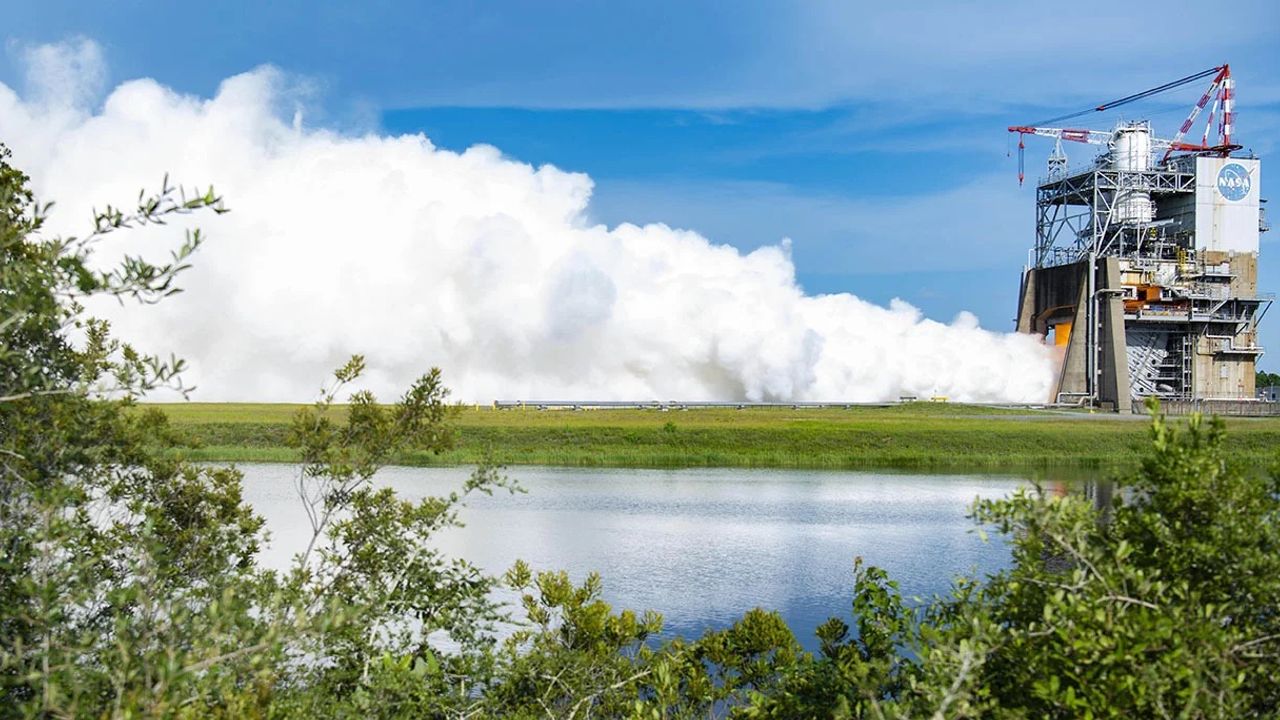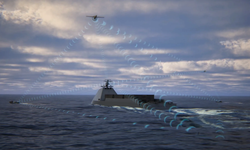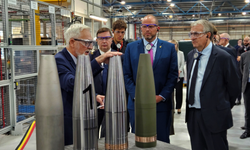NASA and L3Harris Technologies have successfully completed the first hot-fire test of a newly built RS-25 rocket engine that will help power Artemis V, the fifth mission of the Space Launch System (SLS) program aiming to return humans to the Moon.
The test, conducted at NASA’s Stennis Space Center in Mississippi, marks the first hot-fire of a flight version of the newly produced RS-25 engine. While the first four Artemis missions are using upgraded engines from the space shuttle era, Artemis V will be the first to rely on engines built from the ground up for the SLS.
During the 500-second acceptance test, the RS-25 engine throttled up to 111% of its rated power level, surpassing the performance demands of previous shuttle-era engines.
“This successful acceptance test shows that we’ve been able to replicate the RS-25’s performance and reliability, while incorporating modern manufacturing techniques and upgraded components such as the main combustion chamber, nozzle, and pogo accumulator assembly,” said Kristin Houston, President of Space Propulsion and Power Systems at Aerojet Rocketdyne, a part of L3Harris. “Our propulsion technology is key to ensuring the United States leads in lunar exploration, creates a sustained presence on the Moon, and does not cede this strategic frontier to other nations.”
Under a contract awarded in 2015, L3Harris resumed design and production of the RS-25 engines, incorporating cost-saving innovations like 3D printing. The new engines are 30% more cost-efficient than their shuttle-era predecessors while maintaining the same high standards for thrust and reliability.
The RS-25 is a cornerstone of NASA’s Artemis program, which aims to establish a long-term human presence on the Moon and prepare for future crewed missions to Mars.










